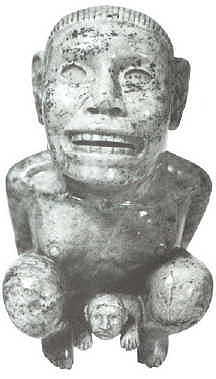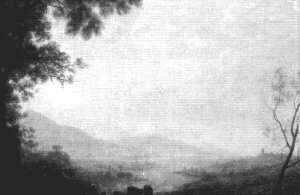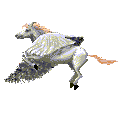

BASQUE VOWELS
AND
CONSONANTS in Combination
by Patrick C. Ryan
2/12/2001
![]()

OLD BASQUE
u + n + (V) becomes umV.
V"i becomes i.
V"u becomes u.
"Vi becomes e: (mid front), notated e2.
"Vu becomes o: (mid back), notated o2.
MODERN BASQUE
Initial consonants are lenited, e.g. T becomes d.
Stress-accented consonants are lenited, e.g. T becomes d; stress-unaccented consonants are
fortified, e.g. T becomes t (for *tt?).
Final consonants are fortified, e.g. T becomes t; Z becomes tz.
Initial ZP, ZT, ZK become p, t, k.
Initial T existed in Old Basque but was lenited to /h/ then /0/.
SE becomes sa.
di, ti, ni, and li (occasionally id, it, in, il) become dd, tt, ñ, and ll (/dy, ty, ny/, and /ly/).
Vowels in hiatus are separated by h, g (occasionally b, d, or r); or simply coalesce (for details, see Trask 1997:151-2)
Initial e- becomes i- if a second syllable contains a high vowel and there is a third syllable: ibili, "go about",
from early ebili (150).
![]()
![]()
the latest revision of this document can be found at
HTTP://WWW.GEOCITIES.COM/Athens/Forum/2803/c-BASQUE-4_modifications.htm

Patrick C. Ryan * 9115 West 34th Street - Little Rock, AR 72204-4441 * (501)227-9947
PROTO-LANGUAGE@email.msn.com